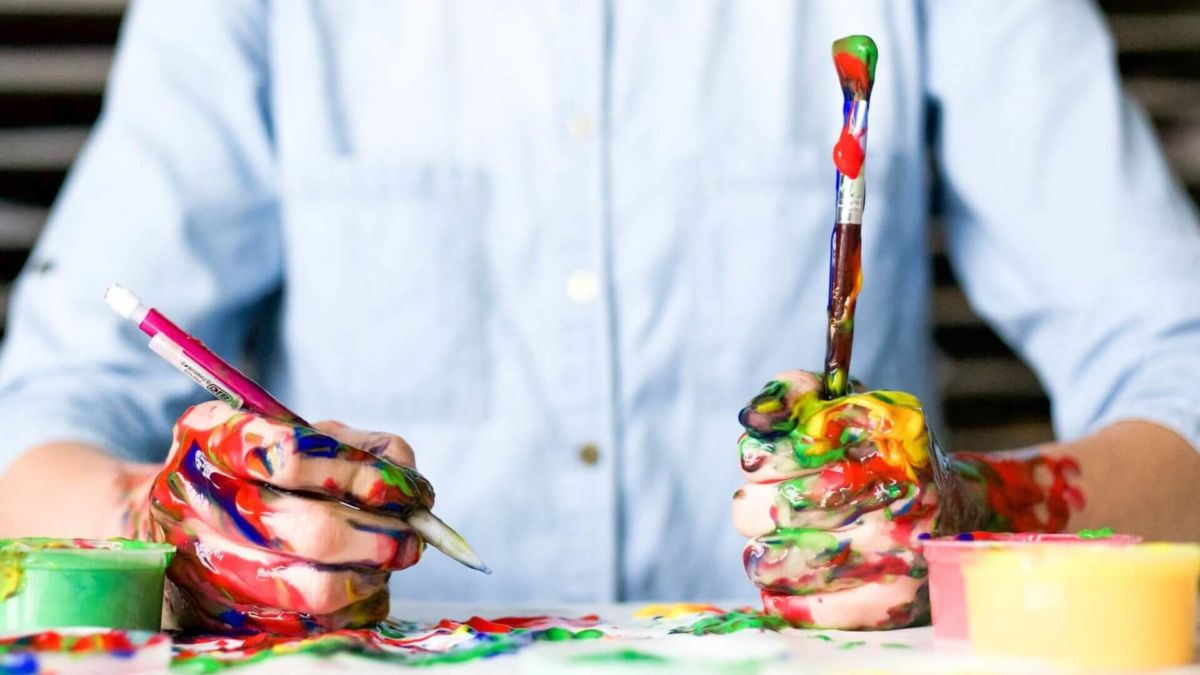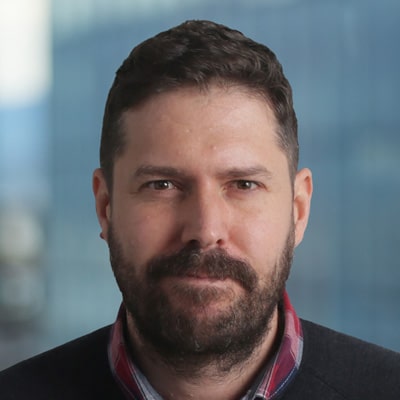Creativity and its benefit to business

Harnessing creativity at work could mean the difference between success and failure in volatile times such as these. In many cases, pragmatism is the key to survival, but it’s those companies that think out-of-the-box that rise above the volatility and discover ways to grow.
What is creativity?
/ˌkrēāˈtivədē/
Creativity is a curious subject. Many have attempted to explore and define it over the years, yet today, we still struggle to understand how it works and why some people seem to possess it while others don’t.
Wikipedia defines creativity as “a phenomenon whereby something somehow new and somehow valuable is formed. The created item may be intangible or a physical object.”
In a business context, creativity is highly valued for finding solutions to tough challenges and its potential to turn a crisis into success. In 2019 and 2020, LinkedIn named creativity as the most in-demand soft skill in the workplace.
Can anyone be creative?
This is a highly contested question. Not too long ago, we believed that people were either right or left brain dominant, meaning that we were predisposed to being more rational or more creative thinkers. A recent study on an artist who had suffered a stroke, revealed that creativity actually uses both sides of the brain, potentially debunking previous theories that you were born with or without creative abilities.
In the video titled, ‘Thriving in Uncertain Times’, Beau Lotto, professor of neuroscience at the University of London, and a Visiting Scholar at New York University, says that the human brain is incapable of making large conceptual leaps – but instead requires small steps to maneuver from one idea to the next. Creativity is merely an outsider’s perception. For the person engaging in creativity, their journey from concept A to concept B is perceived as a series of perfectly logical steps.
The typical business environment is driven by achieving predictable outcomes. KPIs reward us for doing specific tasks better, faster, and more efficiently. While there is nothing wrong with this structure, creativity requires a different environment to flourish, room for the mind to wander and play, and the consent to make mistakes and try again. We recently wrote an article about Design Thinking – a framework used to stimulate creative thinking – where making mistakes is recognized as a fundamental part of the creative process. This concept has gained popularity in the business mainstream with phrases like ‘fail fast!’ and ‘fall forwards.’
Workshops to stimulate creative thinking
Despite the significant differences between the business and creative worlds, we’ve discovered ways to tap into creativity and use it to solve the tough problems many businesses face.
Whether these are Design Sprints, Creative Workshops, Jam Sessions, Think Tanks, or whatever you want to call them, the basic principles are the same. Aim to bring about 7 people together to find new ways to overcome a particularly thorny challenge. A larger team may slow you down, and a smaller team may leave you under-gunned. Here are our top tips for creating the right environment to achieve your desired creative results.
1. Diversify your team
To increase your odds of success, build a team of diverse individuals. Choose people from varying backgrounds, roles, and departments, for example, sales, product mgmt, and customer service. Diversifying the team offers new perspectives, expands the realm of possibility, extends the scope of knowledge, and broadens the experiences of the group can draw creativity from.
Margaret Ann Neale is The Adams Distinguished Professor of Management at the Stanford Graduate School of Business. She cites that increasing diversity in a team improves its performance. Although diversity may contribute to conflicts in opinions, it tends to spark greater innovation than homogeneous teams.
2. Include your customers
Whenever you can, include your customer or the end user. Their presence offers you first-hand intel about what they feel, need, and want. If this is not possible, perform thorough research to ensure your customer’s voice is represented and taken into consideration.
3. Manage expectations
When arranging a workshop, getting your newly recruited teammates to free up their calendars is a big ask. Be sure to communicate the goal and the structure of the workshop and the value you aim to generate at each milestone. This may be the nudge they need to clear their calendars and give you their undivided attention.
4. Be flexible
Before Covid-19 reshaped our lives, our workshops often involved several intensive days of powering through mentally challenging tasks. However, it would be unrealistic to subject a group to a multi-day, 8-hour video conference and expect satisfactory results in today’s climate.
To get around this, we’ve adapted our workshops to accommodate our collective, post-Covid lives. We ask participants to dial into frequent, short bursts of online interactions to keep everyone engaged and maintain their sanity. It’s also good to have a plan B up your sleeve because technical hiccups are bound to occur.
Conclusion
If you don’t have a creative department at your disposal, fear not. Anyone can be creative If you create the right environment for creativity to thrive within your organization.
If you have questions or want us to help you find creative solutions to your tough business challenges, please contact us.
